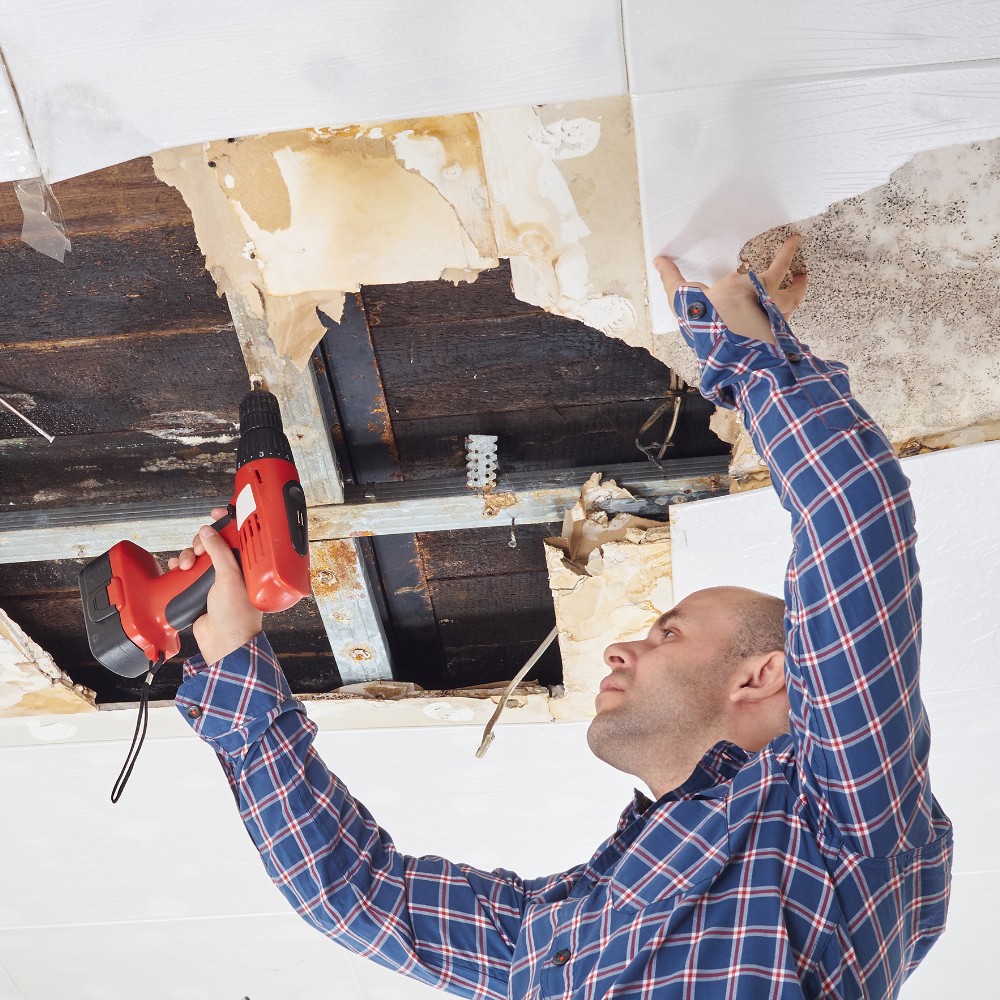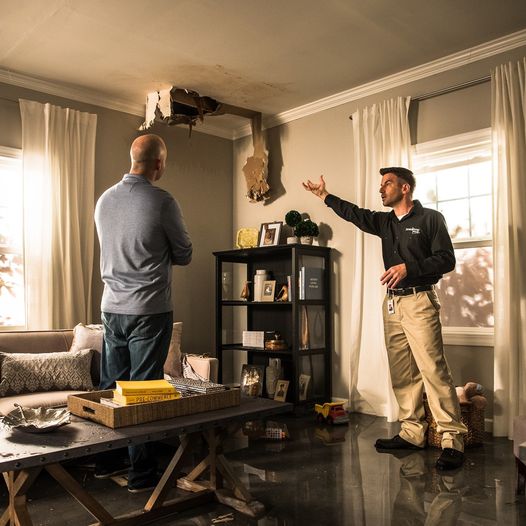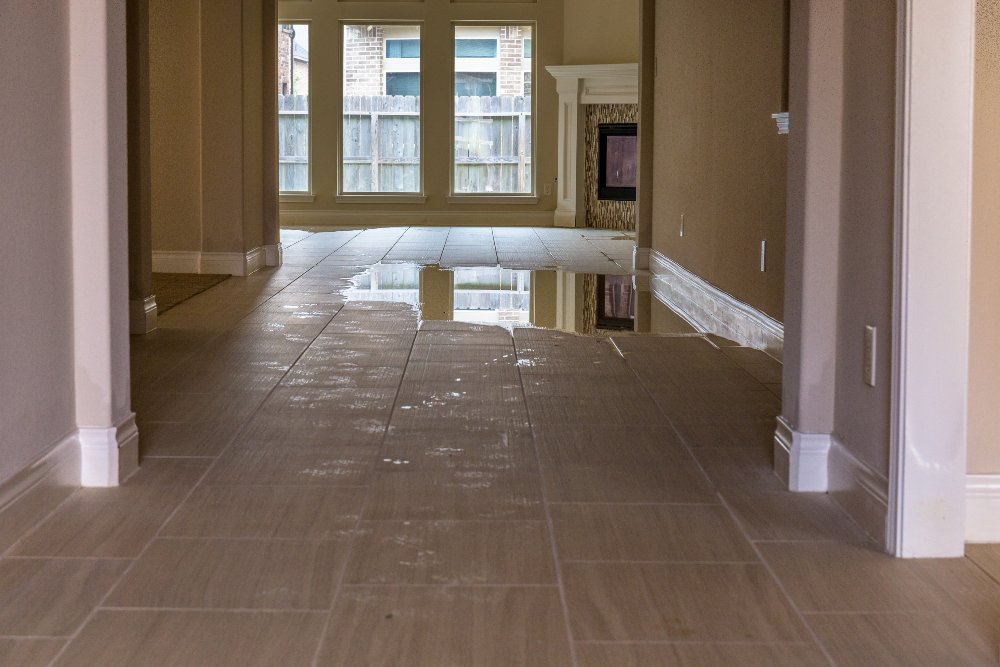Swift Water Damage Restoration Philadelphia: Your Trusted Recovery Partner
Swift Water Damage Restoration Philadelphia: Your Trusted Recovery Partner
Blog Article
Emergency Situation Water Damage Reconstruction: Swift Reaction to Decrease More Damages
What exactly does emergency situation water damages remediation involve? By understanding the seriousness and comprehensive nature of this procedure, you will gain important insights into how professionals tackle emergency water damage, guaranteeing a swift and efficient feedback.
Relevance of Swift Response

One of the major factors quick action is essential in water damages remediation is to avoid the growth of mold and mildew and mildew. Mold not just creates more damage to the structure of the structure but likewise postures wellness threats to occupants.
Water damage can be ravaging, particularly when it influences personal products of financial or emotional worth. Performing quickly allows professionals to examine the damage and implement appropriate restoration methods to recover as much as feasible.
Analyzing the Level of Damages
To properly resolve the repercussions of water damage, it is essential to without delay evaluate the level of the damage inflicted upon the damaged location. Analyzing the level of water damages is an essential action in the repair process as it helps reconstruction experts determine the appropriate strategy and establish an efficient remediation strategy.
During the assessment, reconstruction experts completely analyze the afflicted area to identify noticeable signs of damages, such as water spots, deformed products, and mold and mildew growth. They additionally utilize specialized equipment to identify covert damage, such as wetness meters and thermal imaging cameras (leak detection philadelphia). This comprehensive assessment allows them to accurately identify the degree of the damage and establish a tailored remediation plan
Evaluating the level of water damage is essential due to the fact that it helps professionals prioritize their efforts. They can recognize areas that need prompt attention, such as standing water elimination and drying, to protect against more damages and lessen the risk of mold and mildew growth. They can also figure out the locations that need repair work or replacement, making certain that no damage goes neglected or undetected.
Moreover, a detailed evaluation supplies beneficial details for insurance coverage functions. It aids property owners and insurance policy insurers recognize the range of the damage, which is essential for submitting precise insurance coverage cases and getting the ideal protection.
Water Removal and Drying Refine

The water extraction and drying procedure is a critical action in water damage reconstruction, as it involves the removal of excess water and the comprehensive drying out of the affected area to avoid additional damages and reduce the risk of mold growth. After assessing the degree of the water damages, the following action is to draw out the water from the damaged area. This is usually done making use of specific tools such as dehumidifiers, pumps, and vacuum cleaners. These devices are designed to effectively and successfully get view it rid of water from different surfaces, including carpets, walls, and floors.
This step is vital in protecting against additional damages, such as structural damage and the development of mold and mildew and mold. The drying out procedure might take numerous days, depending on the extent of the water damages and the products involved.
It is important to make sure that the damaged area is completely dry before continuing with any kind of repair work or repair. Failure to thoroughly dry out the area can cause long-term issues, including damaged structures, mildewy smells, and the development of mold and mildew and mold. Specialist water damages remediation companies employ wetness detection equipment to ensure that the affected location is totally dry before continuing to the next step.
Mold And Mildew Avoidance and Removal

To avoid mold and mildew development, it is essential to address he said water damages promptly. The first step is to determine and fix the source of the water intrusion.
In situations where mold and mildew development has already occurred, removal is needed to remove the mold and mildew and stop its return. This includes the mindful elimination and disposal of damaged materials, such as drywall or carpet, to ensure that all traces of mold and mildew are gotten rid of - home inspector philadelphia. It is necessary to keep in mind that mold and mildew removal ought to be brought out by professionals who have the needed training and equipment to safely get rid of and manage mold and mildew
Restoring the Affected Location
After addressing mold and mildew prevention and remediation, the next critical action in water damages reconstruction is recovering the damaged location to its pre-damage problem. This action entails a detailed procedure to ensure that all traces of water damage are removed and the affected find more info area is totally fixed.
First of all, it is necessary to thoroughly dry out the location to avoid any more damage and to hinder the development of mold and mold. This might involve making use of specialized drying out devices, such as dehumidifiers and industrial-grade followers, to remove all dampness from the afflicted surfaces.
As soon as the area is entirely dry, the repair process can begin. This might include replacing or fixing damaged architectural elements, such as ceiling, drywall, or flooring ceramic tiles. It is vital to attend to any underlying problems that might have caused the water damages, such as dripping pipelines or defective pipes, to stop future occurrences.
Additionally, recovering the affected area might also consist of repainting wall surfaces, changing damaged fixtures, and completely cleansing and sanitizing the space. This makes sure that not only is the location structurally audio, but it is likewise cosmetically pleasing and secure for occupancy.
Final Thought
Evaluating the level of damage enables for efficient water extraction and drying out processes to be implemented. Overall, timely action and comprehensive reconstruction steps are key to alleviating the unfavorable effects of water damage.
Swift feedback is of utmost value in water damages reconstruction to lessen additional damage and reduce prospective risks.During the analysis, repair experts extensively examine the afflicted area to recognize visible indications of damages, such as water discolorations, warped materials, and mold growth.The water extraction and drying out procedure is an important action in water damage repair, as it entails the elimination of excess water and the comprehensive drying out of the affected location to avoid further damages and minimize the risk of mold growth. After evaluating the extent of the water damage, the next action is to draw out the water from the damaged location. leak detection philadelphia.Effective mold avoidance and remediation are crucial in water damage repair to guarantee the security and integrity of the affected location
Report this page